

Engage prospects with a scan and streamline customer engagement with FREE QR code marketing tools by Sona – no strings attached!
Create a Free QR CodeFree consultation

No commitment

Engage prospects with a scan and streamline customer engagement with FREE QR code marketing tools by Sona – no strings attached!
Create a Free QR CodeFree consultation

No commitment
The AV industry is evolving, and video equipment repair services are under pressure to improve turnarounds, provide transparent service, and communicate seamlessly, all while keeping costs down. Today’s customers expect instant updates on repair status, digital access to manuals, and real-time booking options, yet many centers still rely on outdated methods such as printed receipts, paper claim tickets, or static brochures. This reliance adds friction, causing missed updates, misplaced information, and ultimately, lost opportunities for both service providers and their customers.
QR codes have emerged as critical tools for bridging the divide between the physical repair experience and digital engagement. In video equipment repair, integrating QR codes streamlines workflows and reduces the risk of losing high-value prospects who never make it into the CRM. Effortless access to support resources, service request forms, and maintenance records simplifies the process, eliminates frustration over lost paperwork, and ensures that important interactions are captured and nurtured instead of lost.
With the right strategic approach, video equipment repair service providers can use QR codes to modernize every touchpoint in the customer lifecycle, from intake and diagnostics to pickup notifications and post-service reviews. This guide explores how QR codes can transform customer interactions, solve operational headaches such as incomplete account data, and enable robust data capture for business growth and better personalization.
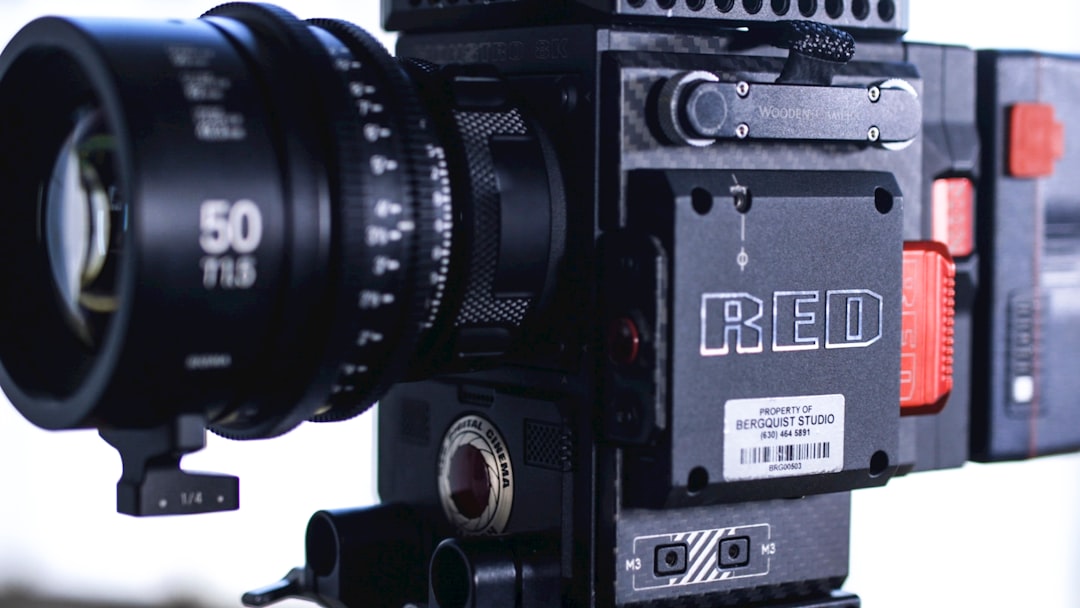
QR codes bridge the physical-to-digital gap for video equipment repair services, streamlining processes and enhancing every customer interaction. They make analog workflows such as paper claim tickets or handwritten contact sheets instantly digital, which improves speed and reduces errors. When customers can scan once and get everything they need, they feel informed, respected, and in control of their repair experience.
To make QR codes work for your objectives, think in terms of outcomes: faster intake, higher completion rates for forms, more reviews, and better repeat business. Replace paper-based steps with scannable entry points that tie to your CRM and service desk. With a platform like Sona QR, you can generate dynamic codes, update destinations without reprinting, and track every scan in real time.
Advanced tools support dynamic QR generation, one-click content updates, granular tracking, and CRM integration to eliminate friction in the customer journey. As those scans accumulate, you build a reliable picture of how people move from awareness to booking, and you can focus resources on the highest-impact touchpoints.
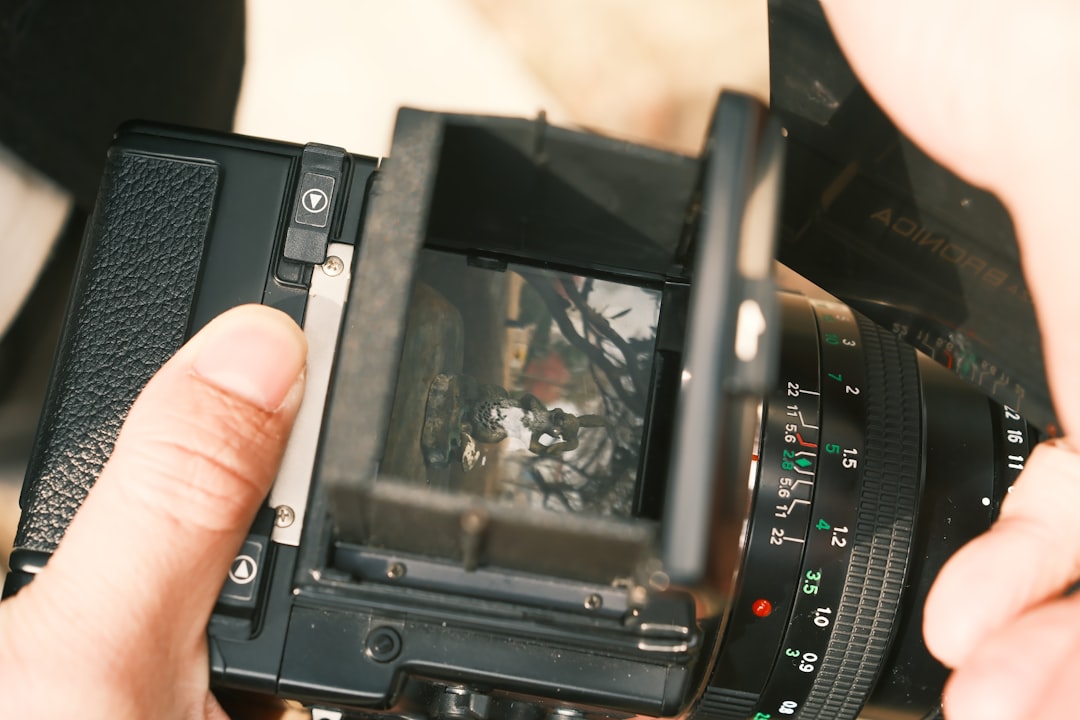
Video equipment repair services have unique needs: customers require fast, simple access to information, and repair teams need timely updates and clear instructions. A lack of visibility into in-store or web visitors means lost opportunities. QR codes solve these challenges by enabling digital actions at the exact moments they matter, such as when a customer drops off a camera body or receives a lens back from calibration.
A repair counter is naturally high traffic. People are often in a hurry and may not want to navigate complex websites on the spot. Scannable codes simplify the process. They allow customers to instantly pull up an intake form, track the repair, request an estimate, or submit payment. For your team, that means fewer manual entries, fewer follow-up calls, and fewer errors.
For example, adding a QR to every appointment slip or lens case can route customers to a personalized page with warranty information and estimated turnaround steps. Customers can self-serve when they want clarity, and your shop captures the engagement instead of losing it to a missed call or an untracked conversation.
Not all QR codes are the same. The right format depends on the action you want the customer to take. In video equipment repair, the most useful formats are those that drive to forms, dynamic status pages, and support content that evolves as the repair progresses.
Consider these formats and where they fit best in your workflow:
Dynamic QR codes are especially valuable. For example, a single code on a claim ticket can point to a status page that you update as the item moves from intake to diagnostics to repair completion. With Sona QR, you can update destinations and track scan details without changing the printed code.
Growth comes from placing QR codes at the exact moments your customers are most receptive to acting. Map your customer journey across in-store, on-site, and after-service contexts, then insert QR entry points that launch the next best action. This turns routine materials into measurable revenue drivers.
Look for high-traffic physical assets and recurring touchpoints where a scan replaces questions with clarity, and where your team benefits from automation. Placement and timing matter. Codes should be visible, scannable from a reasonable distance, and paired with a clear call to action.
Strategic placement ensures every touchpoint becomes an opportunity for engagement and growth. When those scans are tied to your CRM, you create a continuous loop of learning and optimization.
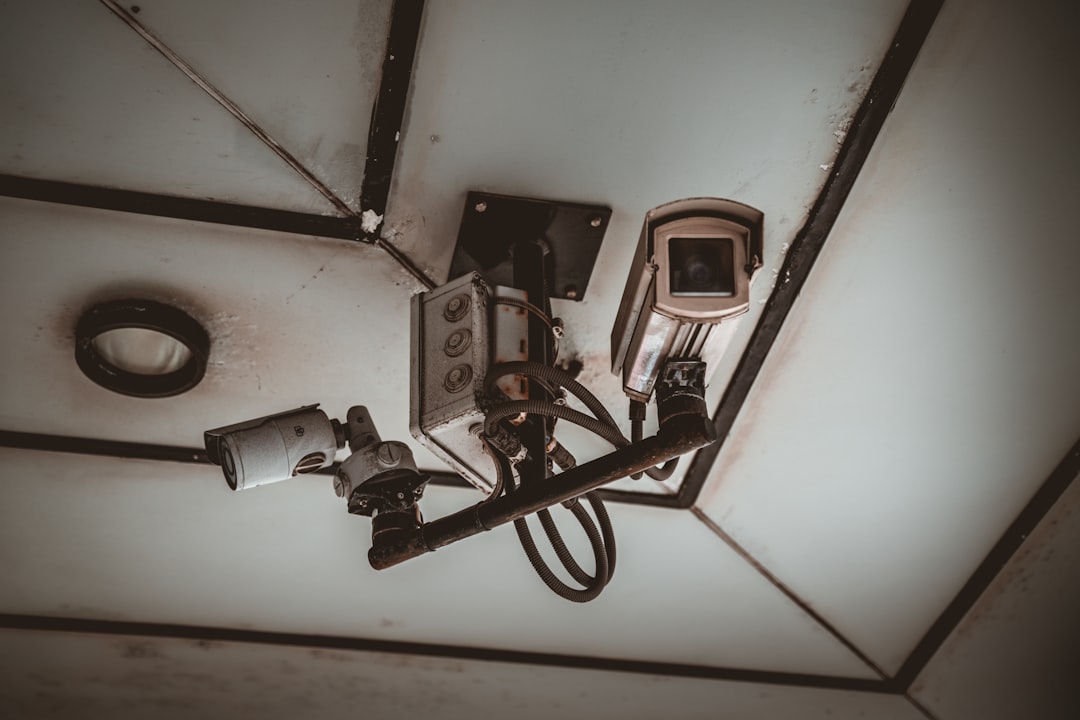
The most effective QR programs focus on a handful of high-impact use cases. Start with the actions that reduce customer friction and time-to-resolution, then expand into marketing and retention once the core experience is strong.
These use cases ensure that every service interaction is recorded and actionable. They reduce reliance on memory, paper, or manual follow-up and support a consistent, professional customer experience.
Every scan creates first-party data. In video equipment repair, those signals reveal equipment types, service needs, purchase timelines, and budget indicators. With a multi-code strategy, you can segment your audience automatically and tailor follow-up with precision.
Start by mapping codes to funnel stages. Awareness scans come from trade shows and window signage. Consideration scans often happen on brochures, price sheets, or diagnostic guides. Conversion scans show up on estimates, invoices, and booking pages. Each category deserves a distinct destination, tag, and call to action.
For video equipment repair services, useful distinctions include professional videographers versus casual creators, rental houses versus corporate AV teams, and warranty versus non-warranty customers. These groups have different expectations and budgets, so scanning behavior is an actionable clue to what they need next.
QR codes serve as connectivity hubs that unify offline materials with digital experiences. They boost campaign performance by reducing friction and making offline attribution possible across print, events, and even on-screen media.
A coordinated plan aligns creative, placement, and the post-scan experience. The same code can power multiple channels if it is dynamic, but in most cases you will get better attribution if you generate unique codes for each channel or placement and route them to tailored pages.
QR codes turn previously dark channels into measurable ones. With a centralized platform like Sona QR, you can manage all codes, monitor performance over time, and sync scan data with your CRM and ad platforms for complete funnel visibility.
A structured rollout helps you launch faster and learn quickly. Use the following steps to align your goals, formats, creative, and measurement. Tailor each step to match your physical environment and buyer journey.
Determine the one outcome that matters most for this campaign. Common goals in video equipment repair include appointment booking, instant quote requests, parts authorization, or review collection after pickup. Focus keeps your destination page simple and your call to action clear.
Align the use case with the right stage of the customer journey. For example, if you are driving new leads at a trade show, your QR should route to a one-minute intake with model selection and contact info. If you are accelerating repair progress, send scanners to a parts approval page that explains costs and timelines with one-tap consent.
Select the format that best fits the action. Static codes are fine for fixed destinations like a PDF manual. Dynamic codes are better when you need tracking, retargeting, or the ability to update the destination without reprinting.
In most service scenarios, dynamic codes are the default because repair pages, parts estimates, and promotions change over time. With Sona QR, you can configure dynamic codes that include UTM parameters, device detection, and custom domains for brand trust.
Good design boosts scan rates and prevents misreads. Use high contrast, adequate size, and whitespace around the code. Pair the code with a clear call to action that sets expectations. Include your logo or a small brand element to increase trust, but do not crowd the pattern.
Test on multiple devices and in real contexts. A code that works on a designer’s monitor might fail on a glossy countertop or under harsh retail lighting. Print a sample and test scanning from different angles and distances to ensure reliability.
Roll out placements where your audience already is. Start with service counters, claim tickets, invoices, and parts packaging, then add trade show materials and direct mail once core placements are performing. Use different codes for each location to compare performance.
Match placement to scanning behavior. Large codes belong on posters or window decals. Smaller codes fit on receipts or equipment labels. Always ensure comfortable distance for scanning and pair with context-specific CTAs.
Measurement closes the loop. Use Sona QR to track scans by time, location, device, and referrer code. Add UTM parameters to capture campaign details in your analytics platform. Connect to your CRM to enrich contacts with scan events and to trigger follow-ups automatically.
Optimize with experiments. Test alternative CTAs, landing page layouts, or incentive offers. Compare scan-to-action conversion across placements to find the best performers. Feed those insights into future print runs and staff scripts.
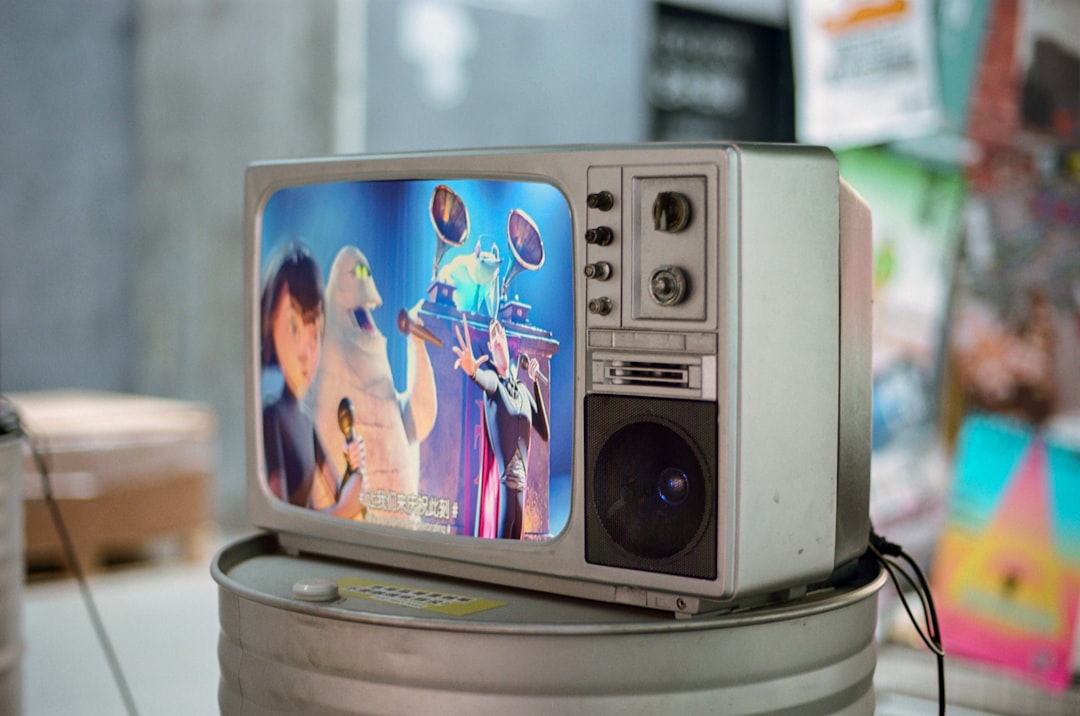
QR codes are not just convenient. They are measurable. For repair teams, tracking scans and attributing real business outcomes is critical to proving impact and optimizing spend. Without this data, you cannot confidently scale what works or cut what does not.
Knowing someone scanned a code is useful, but the true value appears when you connect scan behavior to downstream actions. Did the scan lead to an intake form, a parts authorization, a payment, or a review? Traditional tools stop at the scan and leave the rest to guesswork. A platform like Sona QR extends from the scan to CRM integration, identity resolution, and multi-touch attribution so you see the full journey.
These capabilities turn QR codes into a performance channel. You can prove that the QR on your claim tickets produced 34 percent more approvals or that the direct mail campaign generated a 22 percent lift in maintenance bookings. With that clarity, you can double down on what works and refine what does not.
Scaling QR success is about consistency and clarity. When codes are unique to each asset, tagged correctly, and paired with a compelling CTA, your scan rates rise and your data gets cleaner. When staff champion the benefits, customers adopt the self-serve behavior that saves time for everyone.
Choose tactics that match your most common materials and workflows. If invoices and claim tickets are central to your process, prioritize those. If trade shows are a major lead source, build reusable event kits with codes and reporting baked in.
To spark creative deployment, consider a loyalty card for production houses with a QR for priority scheduling, or a thank-you card placed in every repaired camera case with a QR that opens a review page and a referral offer. These placements keep engagement going after the service is complete.
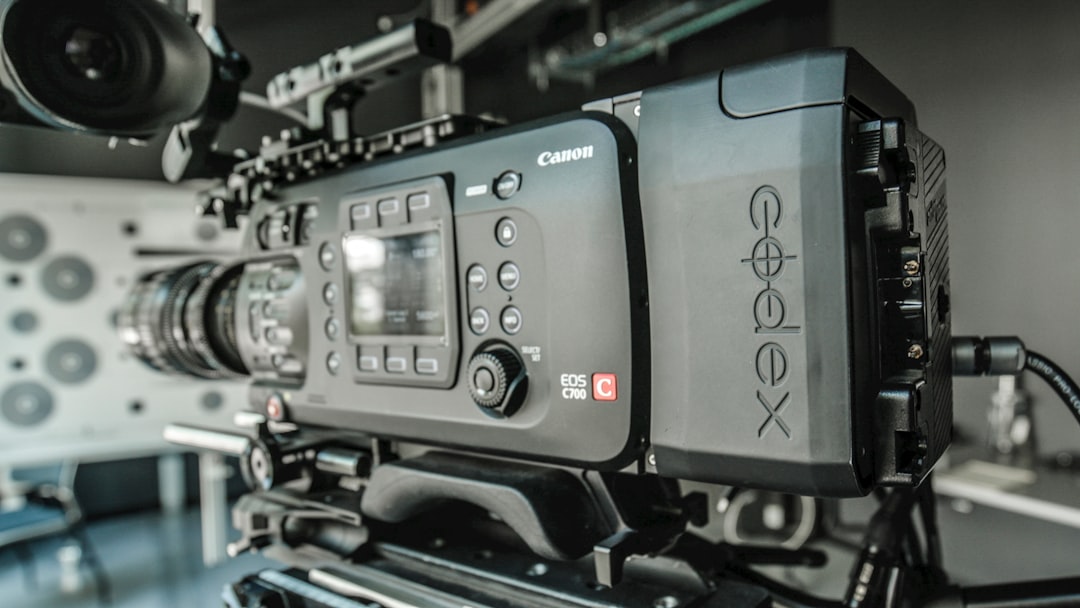
Seeing how peers deploy QR codes can inspire practical ideas. The most successful programs share traits such as clear CTAs, dynamic links that stay current, and analytics that inform the next iteration. Here are scenarios from shops that modernized their workflows with scannable entry points.
One AV repair shop replaced handwritten claim tickets with branded QR receipts. Each receipt resolved to a personalized status page with a timeline of steps and expected dates. The outcome was a sharp drop in status calls and a marked increase in form completion at drop-off, since customers could complete detailed intake fields on their phones at their own pace.
These examples show how QR codes address pain points specific to video equipment repair while also unlocking better data. The common thread is clarity about the next action and thoughtful handoffs between offline and online experiences.
Success depends on a blend of strategy and execution. While QR codes are simple in concept, small details affect scan rates and conversion. Use these expert tips to maximize results and avoid pitfalls that lead to missed engagement.
Place codes where eyes naturally go and at the decision moment. Keep designs uncluttered, with ample white space and a strong CTA. Train staff to reference the code, not as an optional extra, but as the fastest way to get what the customer wants.
Avoid common pitfalls such as sending scanners to generic homepages, using tiny codes on a glossy surface, or burying the action behind multiple clicks. Every extra step reduces completion. Keep it direct, specific, and fast.
QR codes are a catalyst for modern customer engagement in video equipment repair. They reduce friction, increase measurable interactions, and support better communication at scale. When every physical surface can become a digital entry point, your shop can turn moments of interest into action in seconds.
Here is what QR codes deliver when deployed strategically across your workflow:
With the right infrastructure, repair service providers can measure and improve every customer interaction. Sona QR helps you generate dynamic codes, manage destinations, and track scans across channels. Sona.com connects those interactions to your CRM and revenue attribution so you can prove impact and scale with confidence.
Unlocking the full potential of QR codes enables video equipment repair providers to overcome missed leads, incomplete engagement, and outdated data while delivering seamless, connected experiences at every touchpoint. Start simple, iterate with data, and build toward an integrated system where scanning is the natural next step for every customer. Start creating QR codes for free, then expand as you learn which placements and messages drive the most value.
QR codes have revolutionized video equipment repair services by transforming how technicians and customers access vital information seamlessly and efficiently. Whether it’s streamlining service histories, enabling instant troubleshooting guides, or simplifying appointment scheduling, QR codes replace cumbersome manuals and phone calls with quick, mobile-friendly actions that enhance operational efficiency and customer satisfaction.
Imagine your customers scanning a code to instantly access personalized repair updates or equipment maintenance tips—boosting trust and loyalty while reducing downtime. With Sona QR, you can create dynamic, trackable QR codes in seconds, update content on the fly without reprinting, and link every scan directly to improved service outcomes and business growth. No missed connections, just smarter, faster repair experiences.
Start for free with Sona QR today and turn every scan into a seamless service interaction, a loyal customer, or your next repair opportunity.
The typical steps include digitizing check-in and intake with mobile-friendly forms, diagnosing the equipment, providing live repair status updates via QR codes, completing repairs, and offering post-service feedback and maintenance scheduling.
Look for repair services that offer transparent communication, real-time updates, digital intake forms, and seamless customer engagement often facilitated by technologies like QR codes integrated with CRM systems.
Costs vary depending on the repair tier and diagnostic results; many services provide transparent pricing and turnaround times accessible via QR-linked pages that explain diagnostic and repair pricing.
Common issues include hardware malfunctions, calibration needs, sensor cleaning, lens alignment, lamp replacements, firmware errors, and parts failures in cameras, projectors, drones, and mixers.
QR codes streamline intake, provide instant access to support resources and repair status, reduce paperwork errors, enable real-time booking and payments, capture customer data for CRM, and improve communication while lowering operational costs.
Web link QR codes for forms and status pages, vCards for technician contacts, SMS or email pre-fill for approvals, Wi-Fi access for diagnostics, and app download codes are the most useful formats.
Effective placements include service counters, claim tickets, device labels, invoices, trade show materials, parts packaging, and direct mail, always paired with clear calls to action.
By replacing paper forms and brochures, reducing manual data entry and call volumes, enabling self-service status updates, and improving data accuracy at intake, QR codes lower costs and improve efficiency.
They can use platforms like Sona QR to monitor scan volume, source, device, and location data, track scan-to-action conversions, run A/B tests on CTAs and landing pages, and sync data with CRM systems for follow-up and attribution.
Place codes at eye level near decision points, maintain high contrast and white space, train staff to promote QR usage, monitor analytics to adjust campaigns, and ensure QR workflows align with service processes for consistency.
Use Sona QR's trackable codes to improve customer acquisition and engagement today.
Create Your FREE Trackable QR Code in SecondsJoin results-focused teams combining Sona Platform automation with advanced Google Ads strategies to scale lead generation

Connect your existing CRM

Free Account Enrichment

No setup fees
No commitment required

Free consultation

Get a custom Google Ads roadmap for your business






Launch campaigns that generate qualified leads in 30 days or less.
